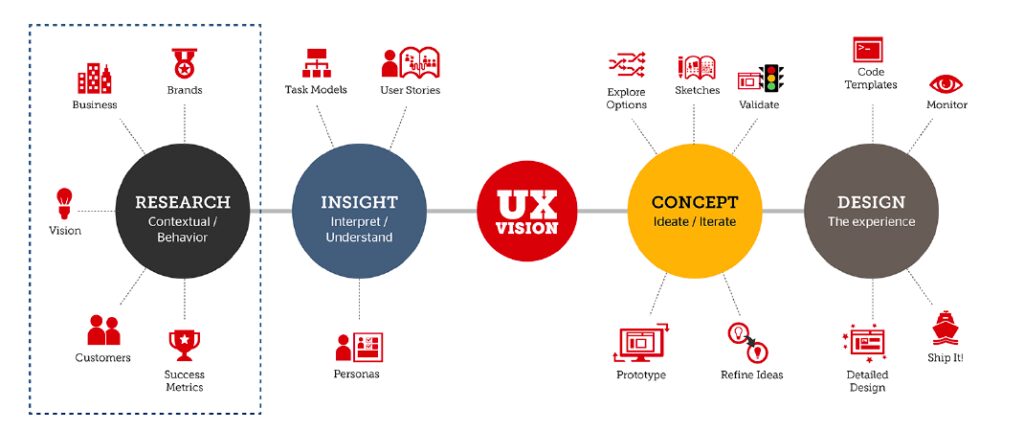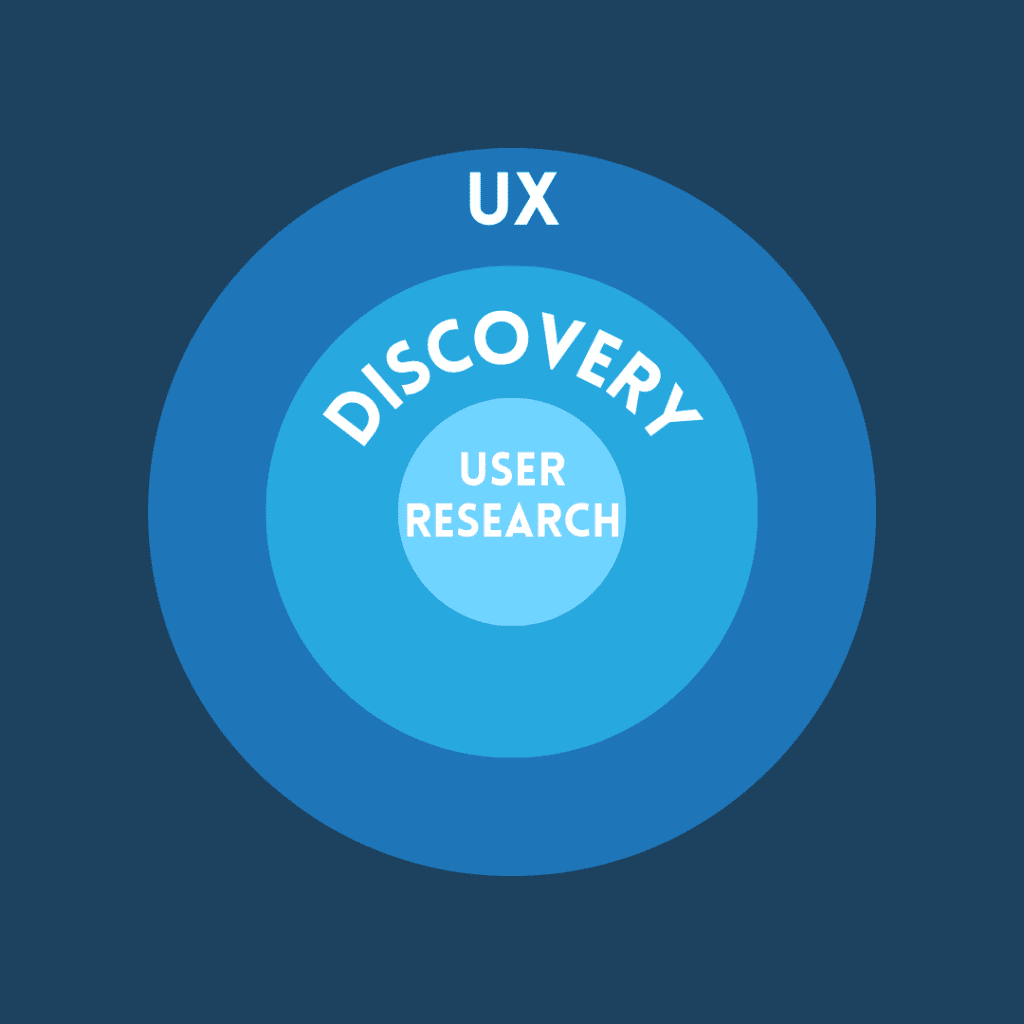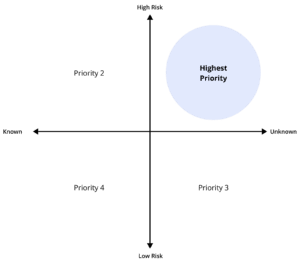What is UX Research?
UX Research is a critical component for any business trying to better understand their customers. It aims to define “the who” (i.e. who are the adopters of your product) and “the what” (i.e. what problem are you solving for them?). Information gathered from UX research informs design decisions through the entire product life cycle.
Why Invest in UX Research?
Despite the overwhelming evidence of research benefits, too often it is overlooked or deprioritized, with time and upfront costs cited as the main culprits expressed by business leaders. UX research actually has an inverse effect, as evidenced by the Interaction Design Foundation, “When organizations invest in UX during a project’s concept phase, they reduce product development cycles by 33 to 50%.” Research does not need to be a lengthy process; data and research is at our fingertips, allowing for a low-cost combination of existing and new research.
Businesses take on unnecessary risks when developing products without research. A recent PwC report quantifies the importance of research, finding that companies that make customer experience a priority “can charge a premium of up to 16% for their products and services,” Conversely, the same report found that “one in three customers (32%) said they would walk away from a brand they love after just one bad experience.”Rather than being viewed as an avoidable cost during product development, it should be seen as a critical de-risking exercise and an investment by the company for its products, services and its customers’ experience.
When is Research Conducted?
Investing in research at an early stage has the greatest impact. Understanding customers’ needs and prioritizing their experience should be the first step in developing any new product or feature.
To accomplish this, UX designers and product managers often recommend a preliminary discovery phase. During this process, the product team first seeks to gain a deeper understanding of the users and the problem space through detailed research and exploration before any designs or solutions are explored. As a result, businesses are able to establish a more clear direction for their products based on quantifiable data instead of intuition and assumptions.
Because the design process is iterative, additional research is often needed as unforeseen questions are posed later in the design process as well. Successful product teams are able to decide which assumptions or questions carry low enough risks to move forward with, versus those that require additional research and insights.

How is UX Research Conducted?
User research is learning about the users’ needs, behaviors, and motivations. Research begins with a research plan detailing the tools and appropriate methods; interviews, A/B testing, analytics, etc. If required to fill any knowledge gaps participants are recruited to obtain raw data. This data is then synthesized, the findings presented, and a plan is created. Research validates and strengthens products and ideas. Research should not dismiss assumptions or personal experiences, this is how new products or ideas are inspired. At Azul Arc, we work with our clients to create a shared understanding regarding the importance of research during discovery phases. To do this, we pose questions early in the project about the client’s goals, their target customers and their needs. Any answers that can’t be answered with quantitative research and data are mapped on an assumption matrix. This helps us illustrate our current degree of understanding relative to the associated level of risk with getting it wrong.Items that fall in the “High Risk / Unknown” quadrant are considered the highest priority for research and should be a blocker for
design and development. Without clarity around these items, the risk of moving forward with the project will be extremely high.
From here, our team will work with our client’s to establish a research plan, recruit participants and source data, conduct a variety of research methodologies depending on the need, and finally present our findings and recommended next steps.
This critical step can help our clients understand if we’re approaching a problem the right way much earlier in the process than when it would have otherwise been discovered. Hundreds of hours of design and development time are often saved as a result of a simple exercise such as this.

